Home>Gardening & Outdoor>Landscaping Ideas>When Is The Best Time To Grow Grass Seed
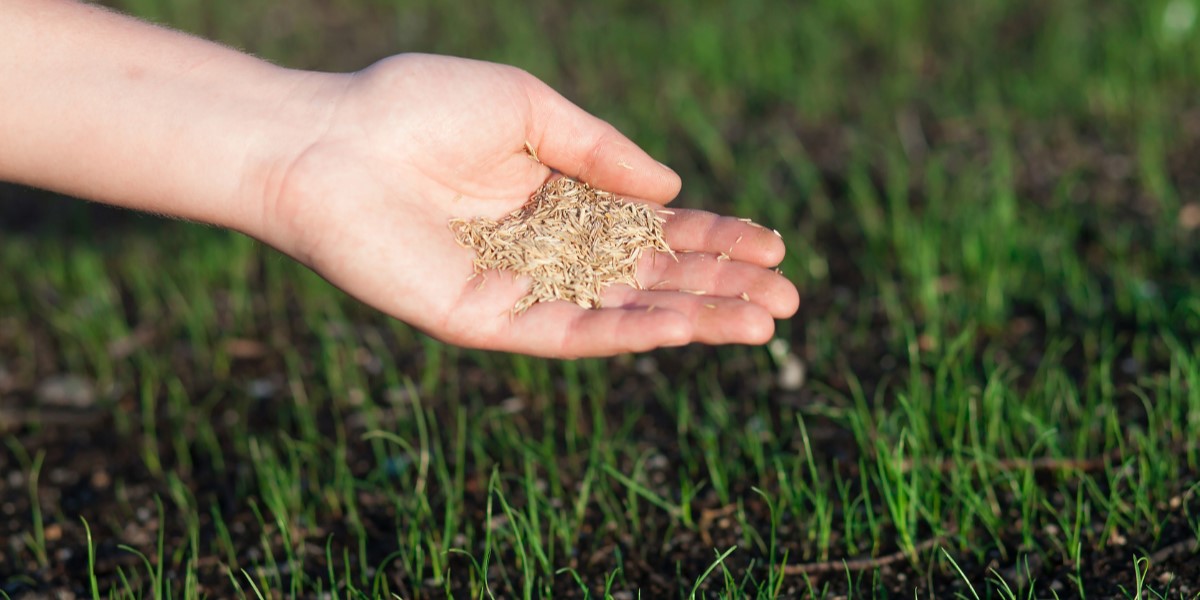

Landscaping Ideas
When Is The Best Time To Grow Grass Seed
Modified: March 24, 2024
Discover the best time to grow grass seed and improve your landscaping with our expert tips and ideas for successful lawn care. Whether you're overseeding or starting from scratch, find the perfect timing for a lush, green lawn.
(Many of the links in this article redirect to a specific reviewed product. Your purchase of these products through affiliate links helps to generate commission for Storables.com, at no extra cost. Learn more)
**
Introduction
**
Are you dreaming of a lush, green lawn that will be the envy of your neighborhood? Growing grass from seed is a cost-effective and rewarding way to achieve the lawn of your dreams. However, timing is crucial when it comes to planting grass seed. The success of your lawn depends on various factors, including the type of grass, climate, and soil conditions.
In this comprehensive guide, we will explore the best time to grow grass seed, the factors to consider before planting, and valuable tips to ensure your grass seed thrives. Whether you're a seasoned gardener or a novice looking to transform your outdoor space, this article will equip you with the knowledge needed to cultivate a vibrant, healthy lawn. Let's dive into the world of grass seed and discover the optimal conditions for successful growth.
Key Takeaways:
- The best time to grow grass seed depends on the type of grass and your region’s climate. Cool-season grasses thrive when planted in early fall, while warm-season grasses do best when sown in late spring to early summer.
- To ensure successful grass seed growth, consider factors like soil quality, sunlight exposure, and weed control. Proper soil preparation, strategic watering, and ongoing maintenance are essential for nurturing a lush, healthy lawn.
Read more: When Is Best Time To Plant Sunflower Seeds
Factors to Consider Before Planting Grass Seed
Before diving into the process of planting grass seed, it’s essential to evaluate several crucial factors that can significantly impact the success of your lawn. Understanding these considerations will help you make informed decisions and lay the groundwork for a thriving grassy expanse.
Soil Quality:
The foundation of a healthy lawn lies in the soil. Conduct a soil test to assess its pH level and nutrient composition. Most grass species thrive in soil with a pH range of 6.0 to 7.0. The soil test results will guide you in making any necessary amendments to optimize growing conditions for the grass seed.
Climate and Weather Patterns:
The climate of your region plays a pivotal role in determining the best time to plant grass seed. Different grass species have specific temperature and moisture requirements for germination and growth. Consider the average temperatures and precipitation levels in your area throughout the growing season. This information will help you select the most suitable grass species and determine the ideal time for planting.
Grass Species Selection:
Not all grass species are created equal, and each has its own set of characteristics and requirements. Cool-season grasses, such as Kentucky bluegrass and fescue, flourish in regions with cold winters and moderate summers. On the other hand, warm-season grasses like Bermuda grass and Zoysia grass thrive in areas with hot summers and mild winters. Understanding the attributes of different grass species will enable you to choose the most compatible option for your location.
Sunlight Exposure:
Assess the sunlight exposure in your yard to determine the best grass species for the available conditions. Some grasses thrive in full sun, while others are more tolerant of shade. Understanding the sunlight patterns in your outdoor space will aid in selecting the appropriate grass seed for optimal growth.
Existing Vegetation and Weed Control:
Before planting grass seed, assess the presence of any existing vegetation or weeds in the area. It’s crucial to eliminate weeds and prepare the soil to create a favorable environment for the grass seed to take root and flourish. Consider using herbicides or manual removal methods to clear the area of unwanted plants.
By carefully considering these factors, you can lay a strong foundation for successful grass seed growth and establish a vibrant, resilient lawn. Understanding the unique characteristics of your outdoor space will empower you to make informed decisions throughout the planting process.
Best Time to Plant Grass Seed
Timing is a critical factor when it comes to planting grass seed, as it directly impacts the germination and establishment of the new turf. The ideal timing for planting grass seed varies based on the type of grass and the climate of your region. By aligning your planting schedule with the optimal conditions, you can maximize the success of your lawn establishment efforts.
Cool-Season Grasses:
If you reside in a region characterized by cold winters and moderate summers, cool-season grasses such as Kentucky bluegrass, fescue, and perennial ryegrass are the most suitable options for your lawn. The best time to plant these grasses is during the early fall, typically from late August to mid-October. During this period, the soil retains warmth from the summer months, creating favorable conditions for seed germination. Additionally, the cooler air temperatures and increased moisture levels provide an optimal environment for the establishment of new grass seedlings.
Spring is also a viable time to plant cool-season grasses, especially in areas where fall planting may not be feasible due to climatic conditions. Aim to plant in early spring, allowing sufficient time for the grass to establish before the onset of the hot summer months.
Warm-Season Grasses:
For regions characterized by hot summers and mild winters, warm-season grasses like Bermuda grass, Zoysia grass, and St. Augustine grass thrive in these climatic conditions. The best time to plant warm-season grass seed is during late spring to early summer when soil temperatures consistently reach 65-70°F (18-21°C). This period provides the warmth necessary for rapid germination and robust growth of warm-season grasses.
It’s important to note that warm-season grasses enter dormancy and turn brown during the colder months, so planting them in spring or early summer allows ample time for the grass to establish and develop a strong root system before winter dormancy sets in.
By aligning your grass seed planting schedule with the specific requirements of cool-season or warm-season grasses, you can optimize the chances of successful germination and establishment. Understanding the seasonal needs of different grass species will enable you to create a resilient and visually appealing lawn that thrives in your unique climate.
The best time to grow grass seed is in the early fall or early spring when the soil is warm and there is plenty of moisture. This will give the seeds the best chance of germinating and establishing a strong root system before the heat of summer or the cold of winter.
Tips for Growing Grass Seed
Successfully growing grass seed requires attention to detail and a proactive approach to lawn care. By implementing the following tips, you can enhance the germination, establishment, and long-term health of your grass seed, setting the stage for a vibrant and resilient lawn.
Prepare the Soil:
Prior to planting grass seed, prepare the soil by removing any debris, rocks, and existing vegetation. Loosen the top layer of soil to create a conducive environment for seed germination and root development. Consider incorporating organic matter, such as compost, to improve soil structure and fertility.
Proper Seed Distribution:
Evenly distribute the grass seed using a seed spreader to ensure uniform coverage. Avoid overseeding or underseeding, as both scenarios can negatively impact the density and uniformity of the resulting turf. Follow the recommended seeding rates for the specific grass species you are planting.
Watering Regimen:
Consistent and adequate moisture is essential for the germination and early growth stages of grass seed. Keep the soil consistently moist but not waterlogged. Consider light, frequent watering to prevent the soil surface from drying out. As the grass seedlings develop, transition to deeper, less frequent watering to encourage robust root growth.
Protect the Seedbed:
Protect the seeded area from foot traffic, wildlife, and excessive erosion. Consider using biodegradable straw or erosion control blankets to safeguard the seedbed and promote optimal growing conditions for the grass seed. Minimize disturbances to the seeded area until the grass establishes a strong root system.
Monitor and Adjust:
Regularly monitor the seeded area for signs of germination and growth. Adjust your maintenance practices based on the progress of the grass seedlings. As the turf develops, gradually transition to a regular mowing schedule and implement a comprehensive lawn care regimen to support the long-term health of the grass.
Fertilization and Weed Control:
After the grass seedlings have established, consider a light application of starter fertilizer to provide essential nutrients for growth. Additionally, implement a proactive weed control strategy to prevent unwanted plants from competing with the developing grass. Selective herbicides and manual removal methods can help maintain a weed-free lawn.
By following these tips and maintaining a proactive approach to lawn care, you can foster the successful growth of grass seed and cultivate a lush, healthy lawn. Paying attention to the specific needs of the grass species and providing optimal growing conditions will yield long-lasting results that enhance the beauty and functionality of your outdoor space.
Conclusion
Planting grass seed is a transformative process that allows you to create a vibrant and resilient lawn that enhances the beauty and functionality of your outdoor space. By considering essential factors such as soil quality, climate, grass species selection, sunlight exposure, and weed control, you can lay a strong foundation for successful grass seed growth.
Understanding the best time to plant grass seed is crucial for optimizing the germination and establishment of the new turf. Whether you are cultivating cool-season grasses in the early fall or sowing warm-season grasses in late spring, aligning your planting schedule with the specific requirements of the grass species and your region’s climate is key to achieving a thriving lawn.
Implementing proactive tips such as proper soil preparation, uniform seed distribution, strategic watering, and post-germination care will further enhance the success of your grass seed growth. By providing optimal growing conditions and ongoing maintenance, you can nurture a lush, healthy lawn that enriches your outdoor environment.
As you embark on the journey of growing grass seed, remember that patience and consistent care are essential. Observing the gradual emergence and development of the grass seedlings is a rewarding process that culminates in the creation of a vibrant, resilient lawn.
Whether you are rejuvenating an existing lawn or establishing a new one, the process of growing grass seed offers a sense of accomplishment and the opportunity to connect with the natural world. As you witness the transformation of bare soil into a lush carpet of green, you’ll experience the gratifying results of your efforts and the beauty of nature’s growth cycle.
By integrating these insights into your grass seed planting endeavors, you can embark on a journey that leads to the realization of your ideal lawn—a space where natural beauty flourishes and provides a welcoming setting for leisure, recreation, and relaxation.
Frequently Asked Questions about When Is The Best Time To Grow Grass Seed
Was this page helpful?
At Storables.com, we guarantee accurate and reliable information. Our content, validated by Expert Board Contributors, is crafted following stringent Editorial Policies. We're committed to providing you with well-researched, expert-backed insights for all your informational needs.
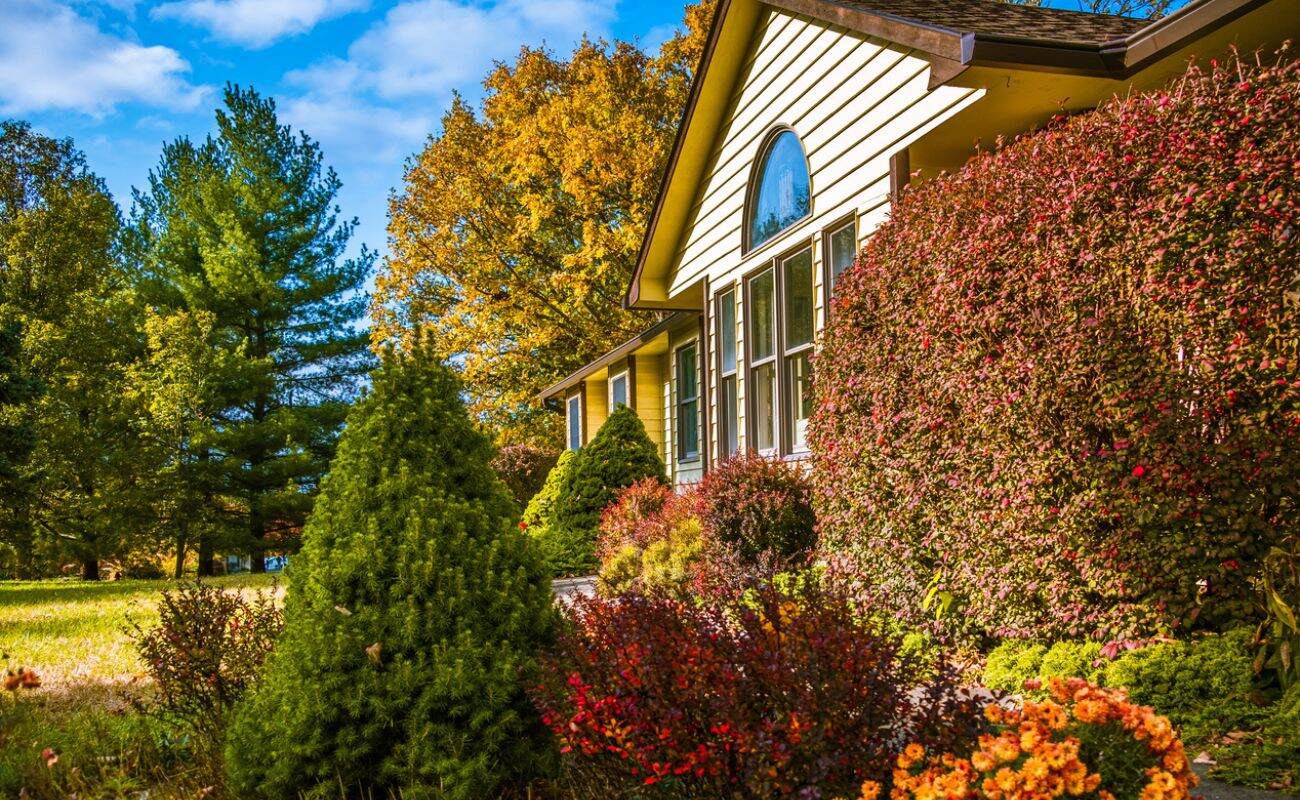
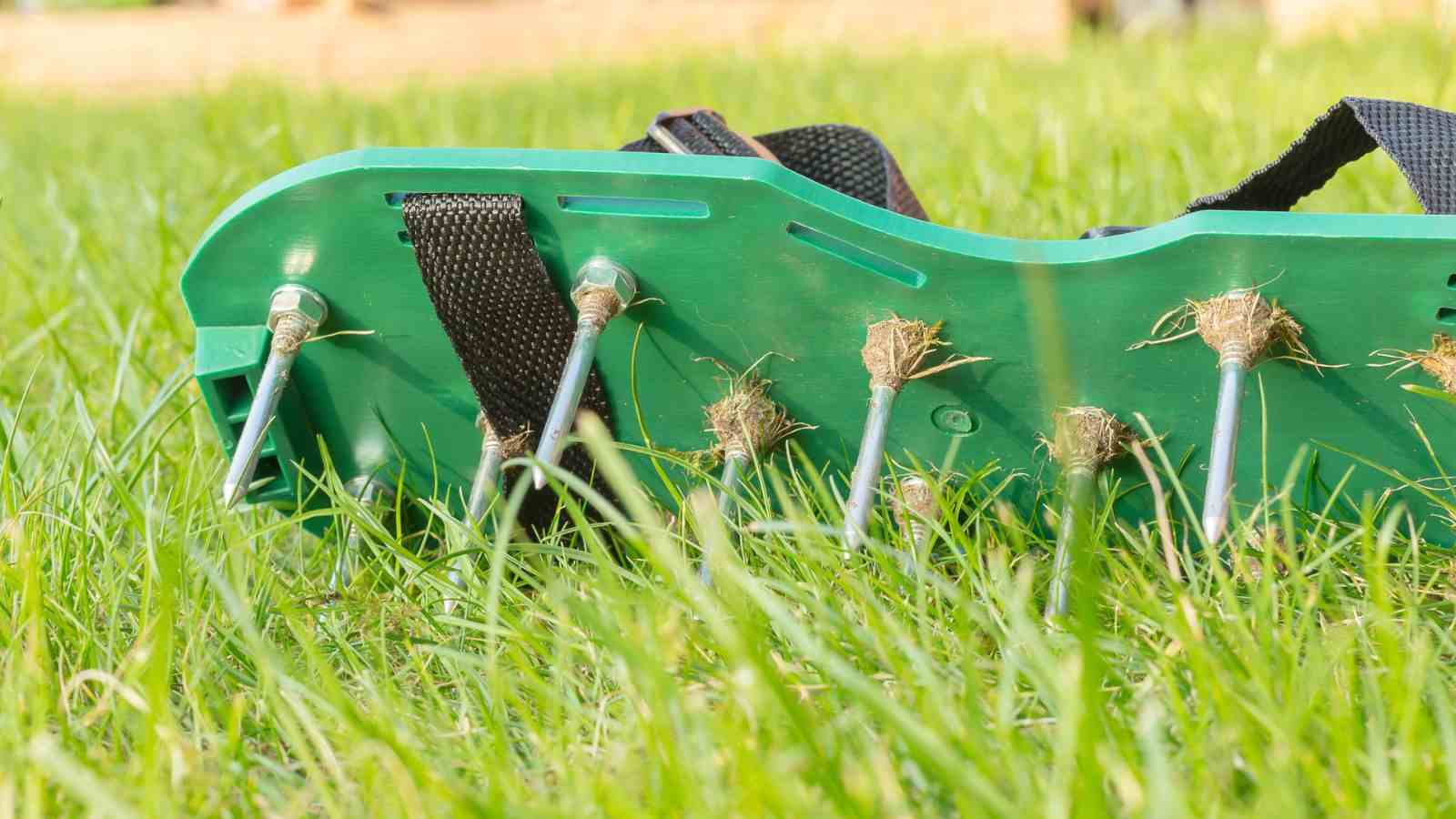
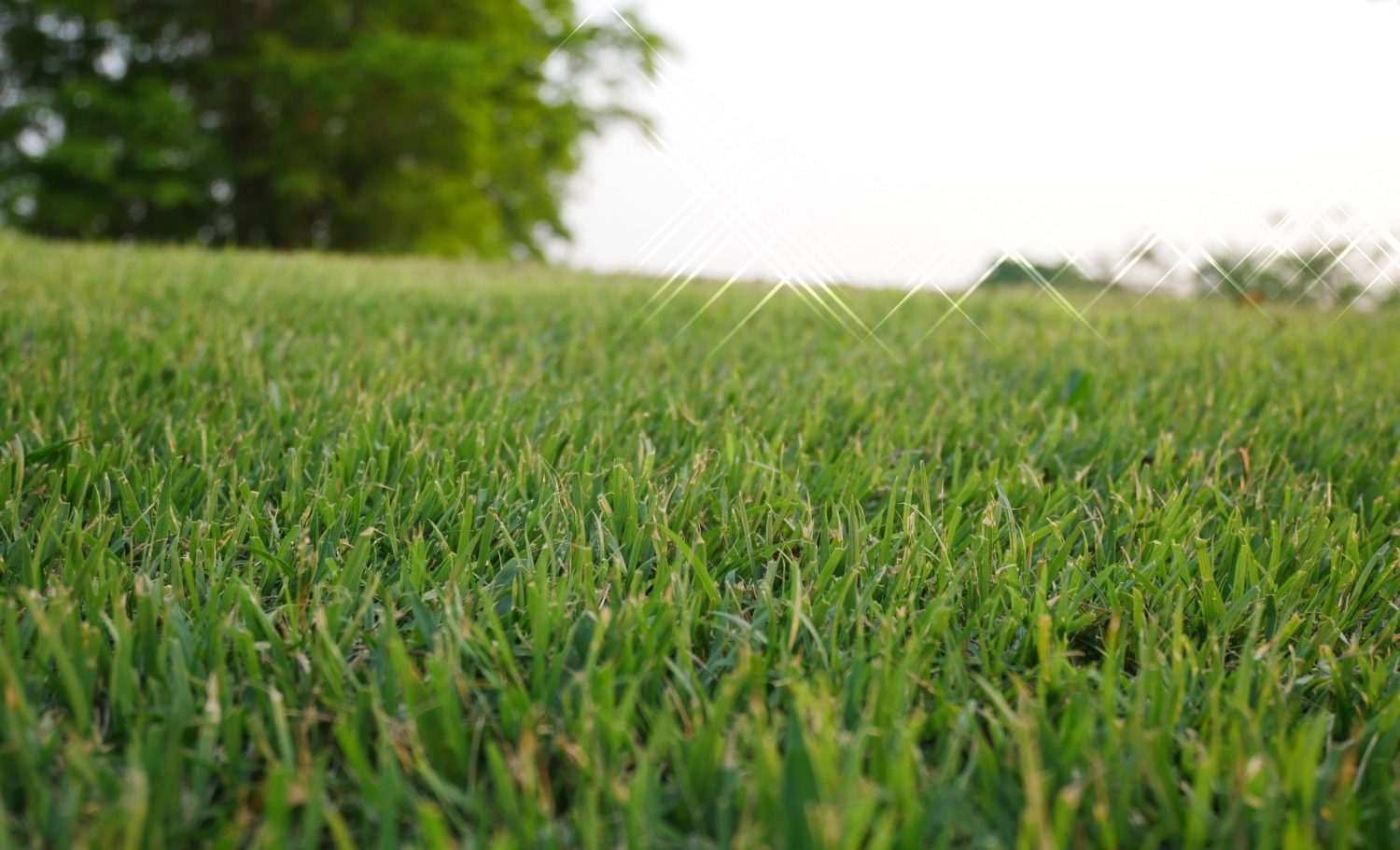
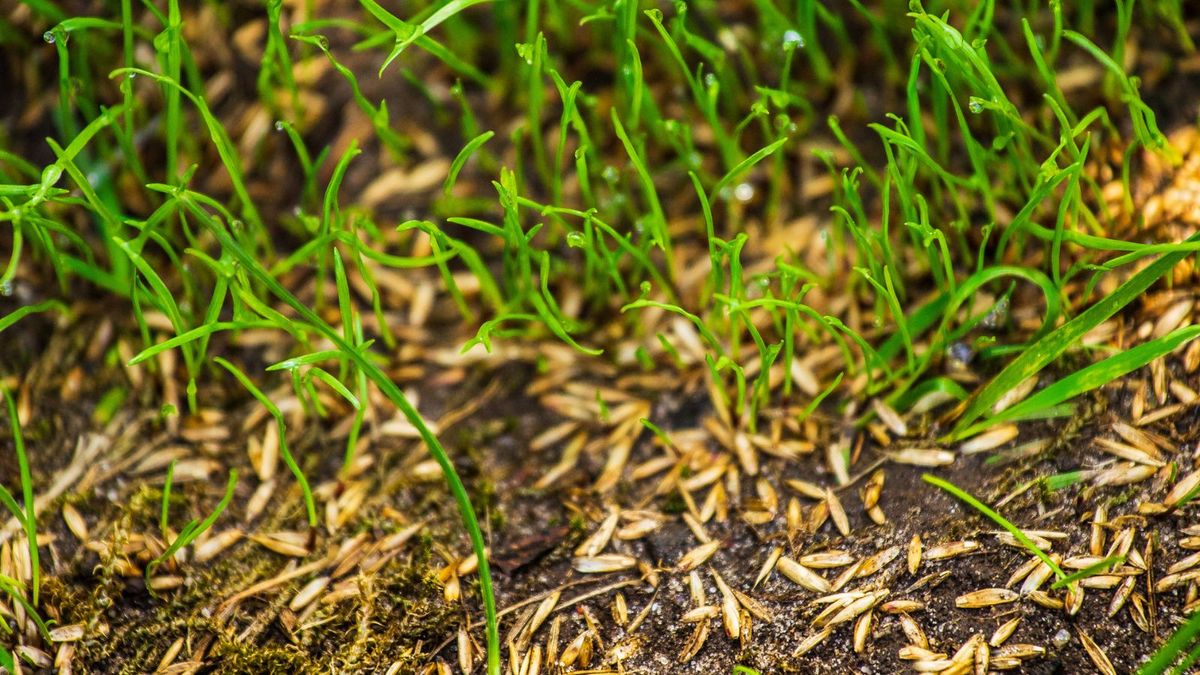
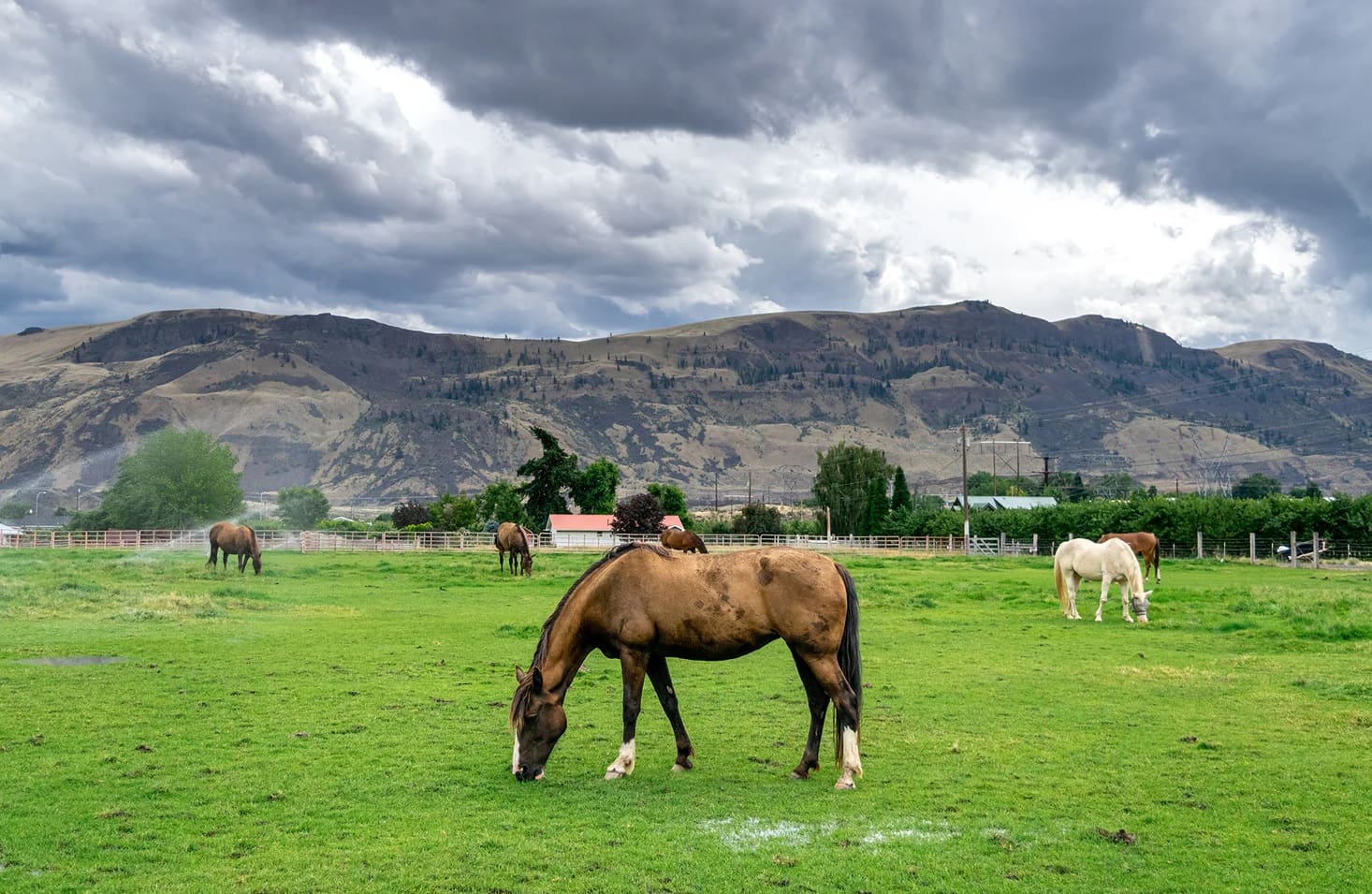
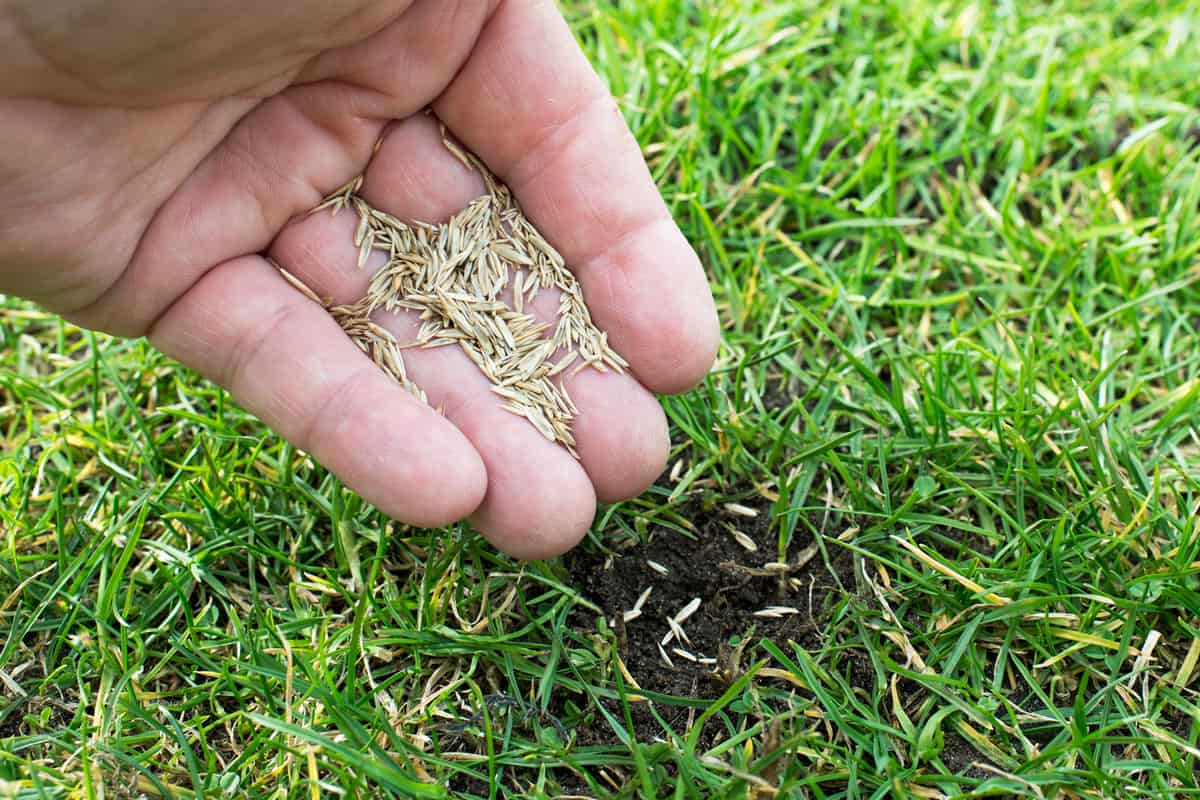
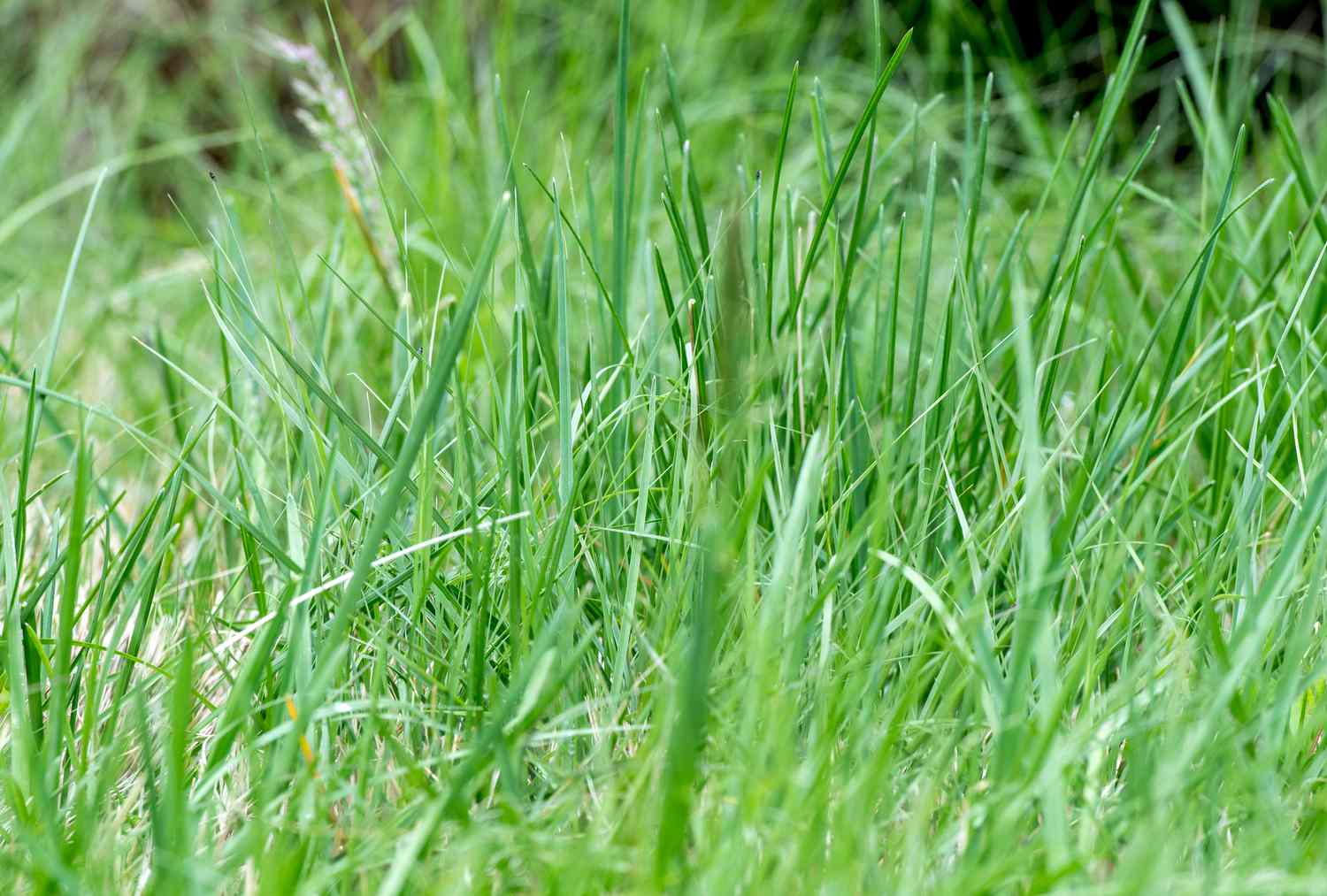

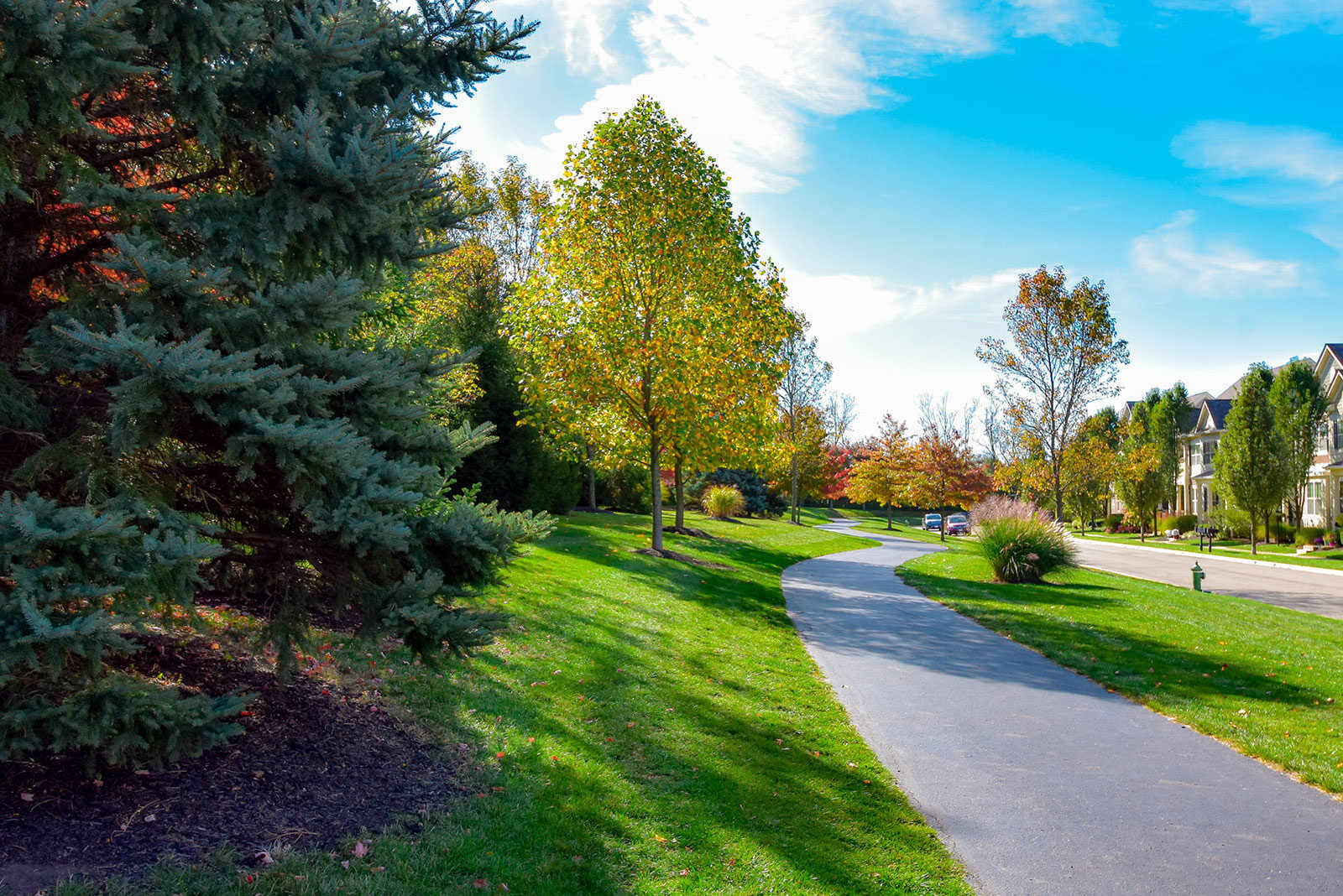
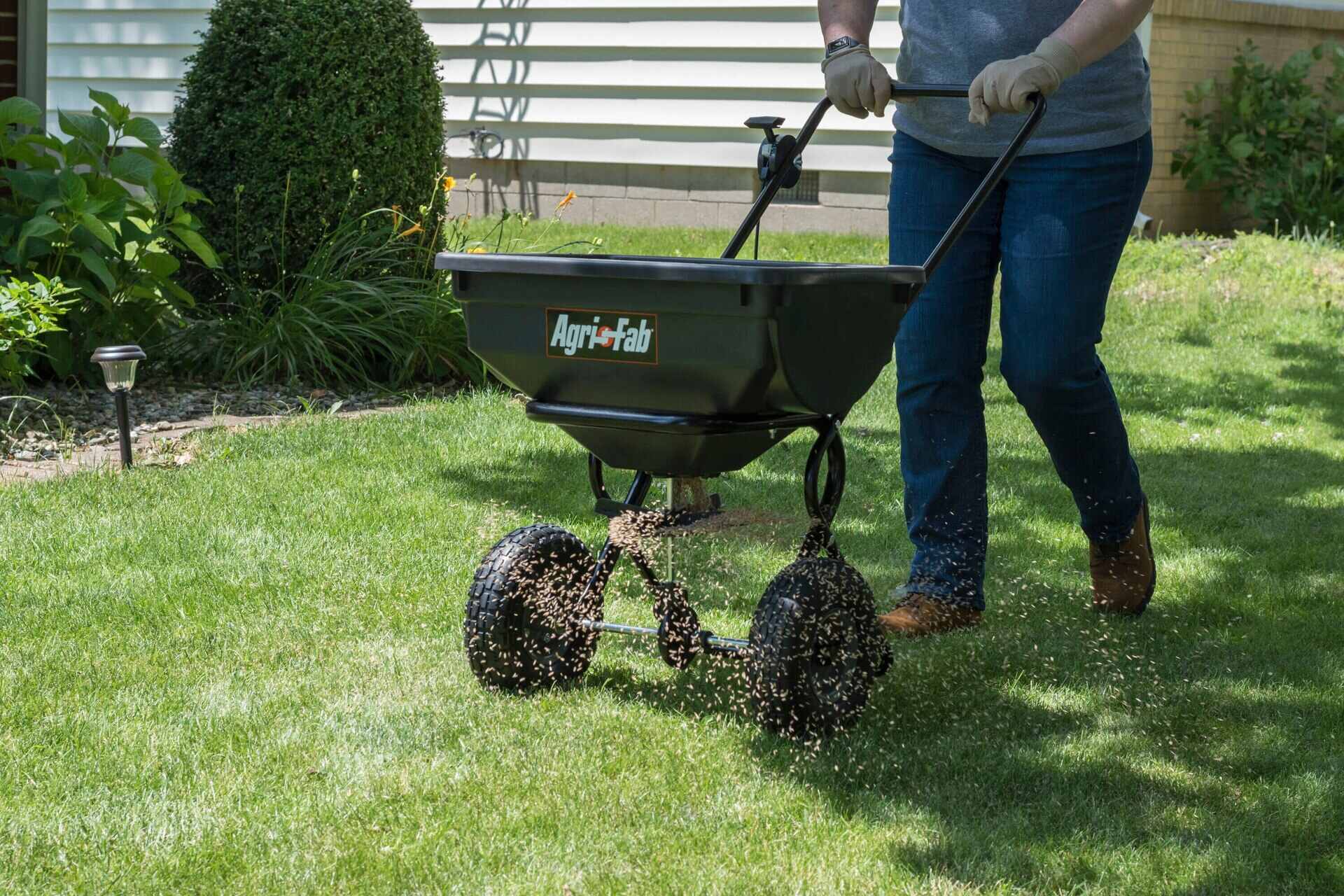

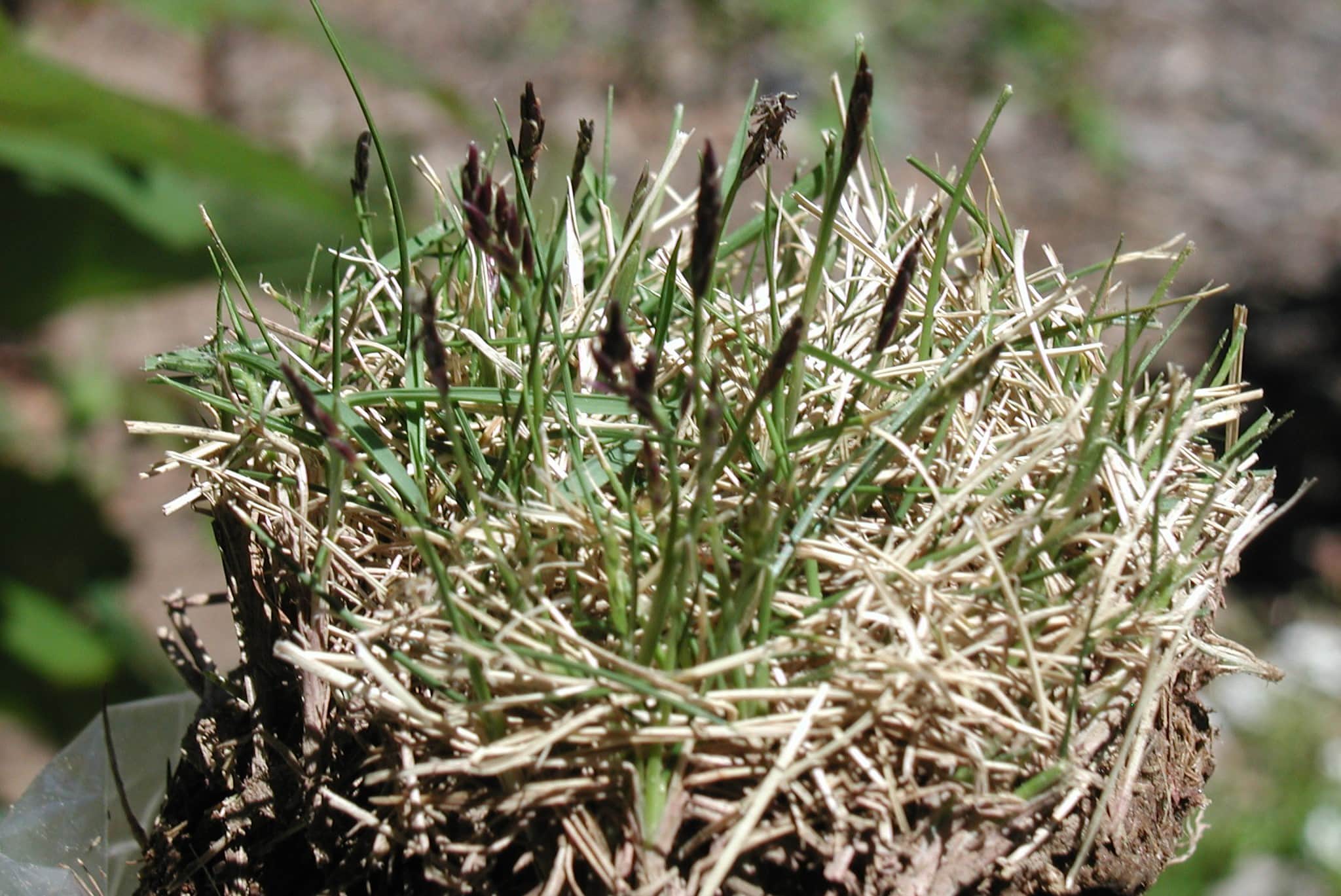
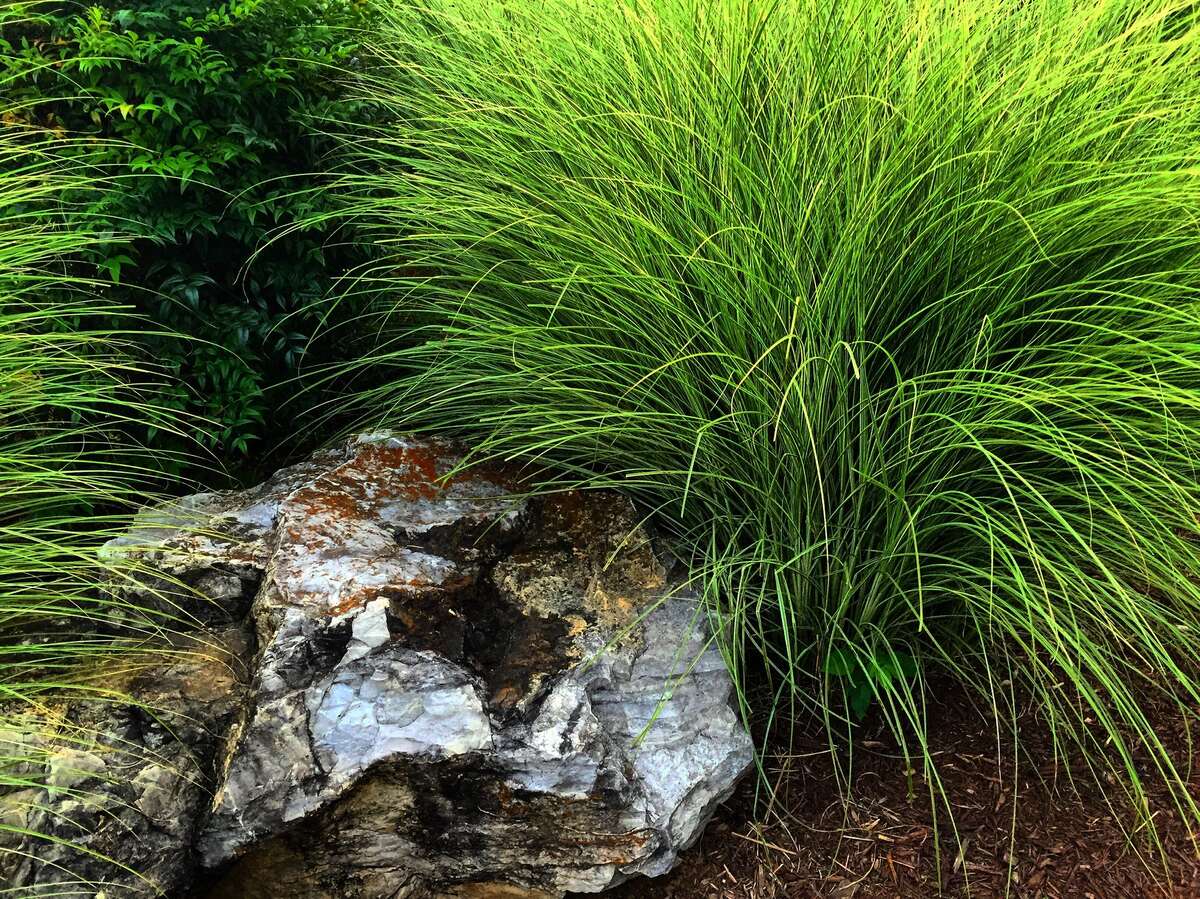
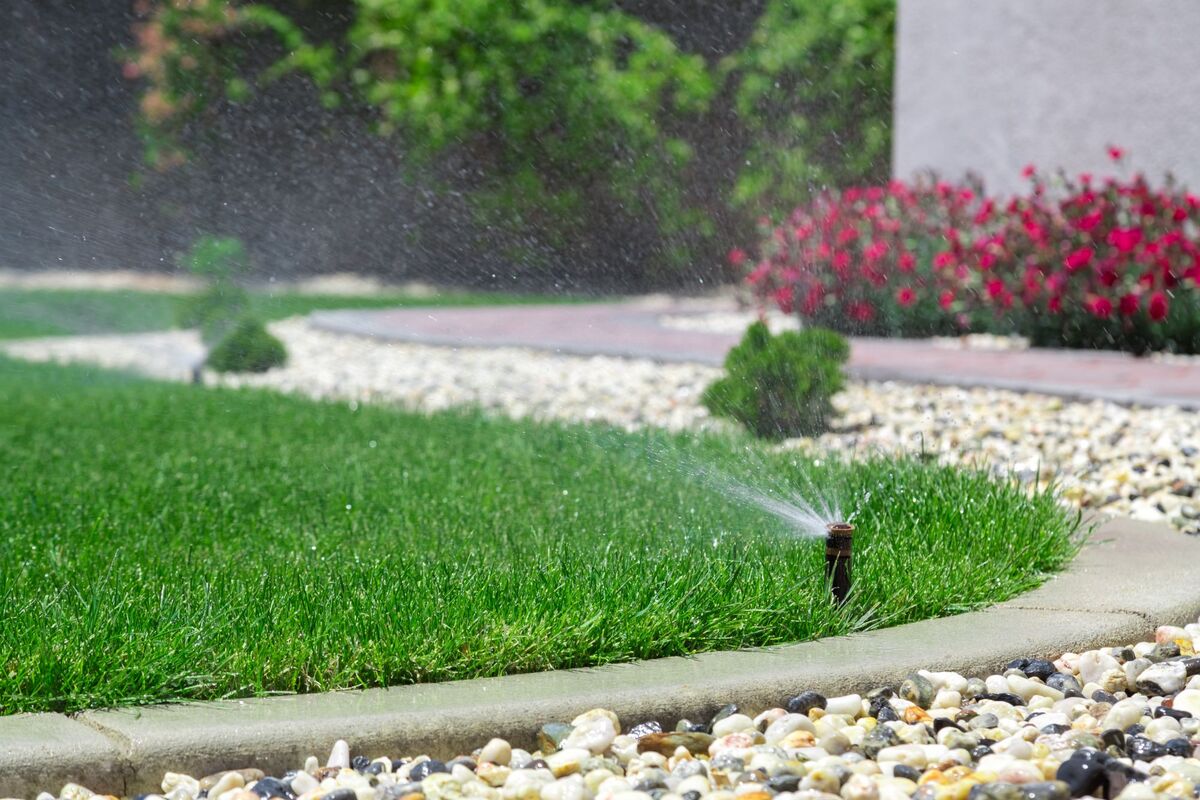
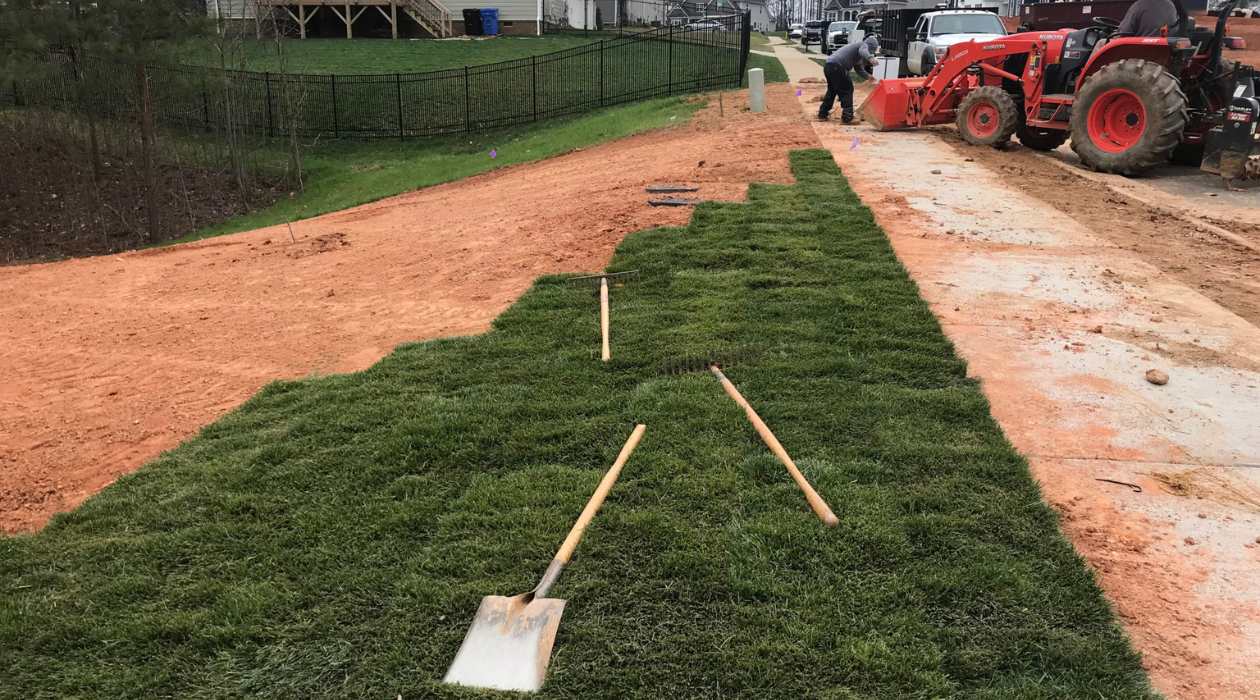

0 thoughts on “When Is The Best Time To Grow Grass Seed”